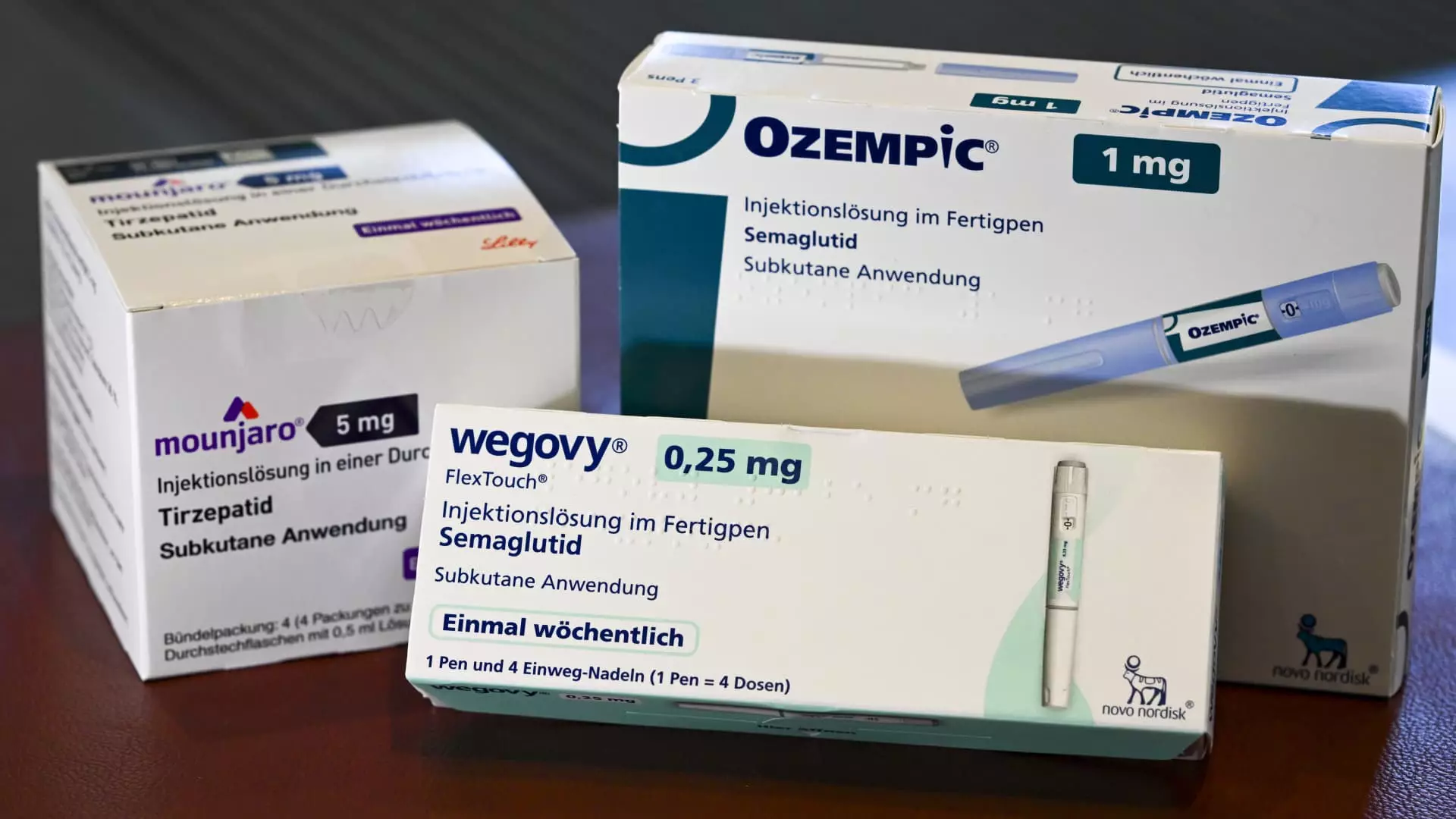As we collectively grapple with the escalating costs of healthcare, the emergence of GLP-1 medications like Mounjaro, Ozempic, and Wegovy has sparked a significant discussion about their economic viability. Promising not only to aid in weight loss but also to enhance overall health outcomes, these drugs have become a focal point for large employers concerned about skyrocketing health expenditures. While the initial investment in these treatments appears daunting, emerging data suggests a potential long-term payoff. However, the question remains: can we trust this optimism amidst the financial strain that such therapies impose upon the healthcare system?
High Costs—But Are They Worth It?
Currently, GLP-1 medications come with a hefty price tag—often exceeding $1,000 per dose. This substantial outlay raises eyebrows, particularly within the corporate sector, where large employers are accountable for their employees’ health spending. Despite the apparent contradiction of investing heavily in weight loss and diabetes drugs, there are early indicators that the health benefits can counterbalance the costs over time. Aon’s research indicates a promising 7% reduction in overall health expenditures for patients who adhere to GLP-1 drug regimens over two years, a figure that climbs to 13% among the most committed users. It seems that the question isn’t merely one of cost: rather, it’s about the prioritization of upfront spending in favor of long-term health benefits.
The Transformative Metabolic Gains
What’s noteworthy is not just the cost implications, but the tangible health improvements accompanying GLP-1 usage. Aon’s findings reveal a concerning 44% reduction in major adverse cardiac events among users, alongside improved outcomes in conditions traditionally associated with obesity, such as diabetes and sleep apnea. Such statistics lend credence to the assertion that these drugs could catalyze a transformative shift in public health. Healthy employees exhibit heightened productivity and reduced absenteeism—factors that should incentivize employers to reconsider the financial calculus of medication coverage.
Employee Well-being vs. Employer Costs
Despite the promising data, we must tackle the ethical quandaries that arise while navigating excessive healthcare costs. Employers are increasingly feeling the financial burden of managing chronic health issues within their workforce. For companies already operating on thin margins, the steep initial costs of GLP-1 treatments have the potential to exacerbate tensions between employer and employee interests. This presents a particularly striking dilemma: should we prioritize immediate financial management, or invest in transformative health strategies that might yield better employee overall quality of life in the long term?
A Supportive Framework for Success
Recognizing the need for structured support, Aon has taken a commendable step in launching a subsidized GLP-1 weight management program for its employees. This initiative encompasses virtual wellness consultations and comprehensive monitoring, emphasizing adherence to treatment—a factor crucial for realizing the purported health benefits. However, such programs should not merely serve as a band-aid solution to rising health costs but as integral components of an evolved healthcare strategy where medication costs are balanced by enhanced employee assistance.
The Path Forward: A Paradigm Shift?
We find ourselves at a critical juncture in the healthcare landscape, where the adoption of GLP-1 medications may indeed mark a turning point. Businesses cannot ignore the metrics indicating significant health improvements and reduced long-term costs. The responsibility now lies with policymakers, employers, and healthcare providers to carve a path forward that embraces innovative solutions while also advocating for a compassionate, sustainable healthcare system. At the end of the day, it is this balance that will determine how we navigate the complexities of modern medicine and economic viability.
In this ever-evolving narrative around diabetes and weight management drugs, it is paramount that we maintain a center-wing liberal perspective that champions accessibility and efficacy in healthcare. The initial cost may seem daunting, but by investing in both employee health and smart medication management strategies, businesses can ultimately pave the way for a healthier workforce—and perhaps a healthier society.

